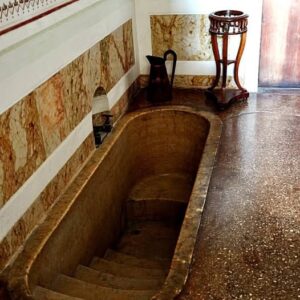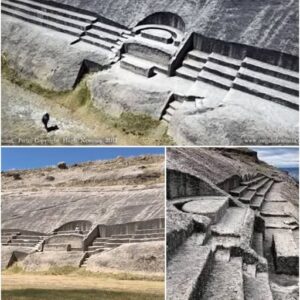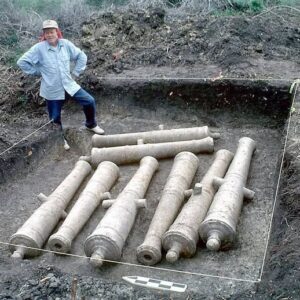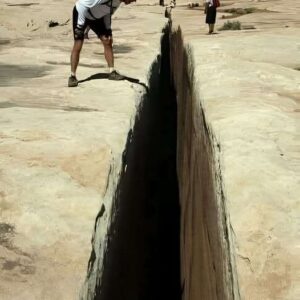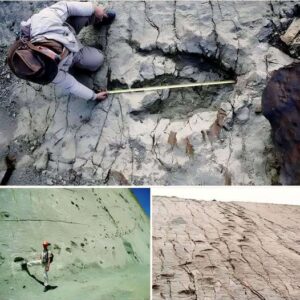In 2020, the plaster casts of two bodies were unearthed in Civita Giuliana, just outside the historic town of Pompeii, Italy. This archaeological discovery shed light on the tragic events that unfolded when Mount Vesuvius erupted in AD 79, covering the entire town with volcanic ash and pumice, preserving it in time for about 1,700 years.
The bodies are believed to belong to a man of high status and his slave. They were found in a corridor of a villa, close to a stable where three harnessed horses were also discovered. It is speculated that the two men were either attempting to escape or seeking shelter from the volcanic eruption, but were ultimately overcome by the natural disaster.

The younger of the two, thought to be a slave or manual laborer, was in his early twenties and displayed signs of compressed vertebrae, likely a result of strenuous daily labor. He was dressed in a pleated tunic, indicating his lower social status. The older man, presumed to be of higher standing, exhibited stronger bones, suggesting a life of better nourishment and wealth. He was estimated to be between thirty and forty years old and similarly wore a tunic.
According to Massimo Osanna, the former director of the archaeological site, these two victims probably met their demise around 9 in the morning while seeking refuge from the volcanic eruption. Their deaths were attributed to thermal shock, evidenced by their clenched hands and feet. The plaster casts of these individuals vividly capture their final moments, frozen in time by the layer of volcanic ash that covered them.
The process of creating plaster casts from the voids left by decomposed bodies in Pompeii is an eerie yet poignant reminder of the fleeting nature of civilization. As the bodies disintegrated over time, they left behind empty spaces in the hardened ash. By injecting these voids with Plaster of Paris during excavation, the victims’ forms were brought back to life, serving as a haunting testament to the unpredictability of geological forces and the impermanence of human existence.
This archaeological find not only provides a glimpse into the lives of individuals from ancient Pompeii but also serves as a poignant reminder of the fragile balance between human civilization and the enduring power of nature.
